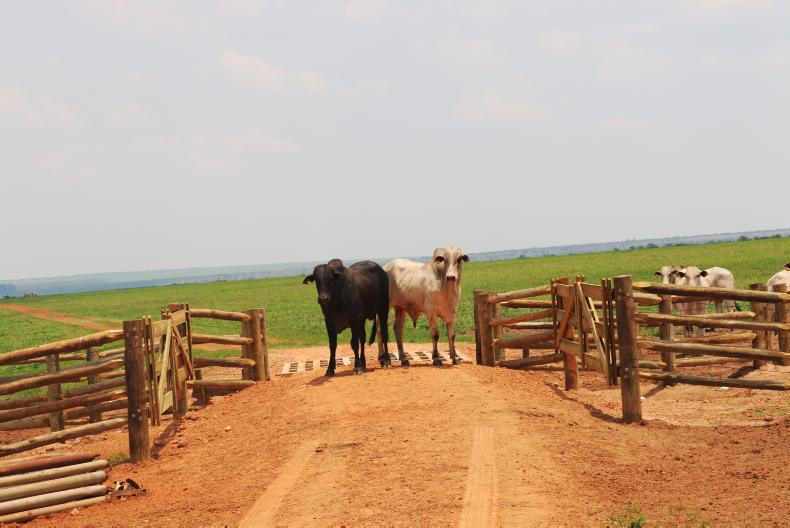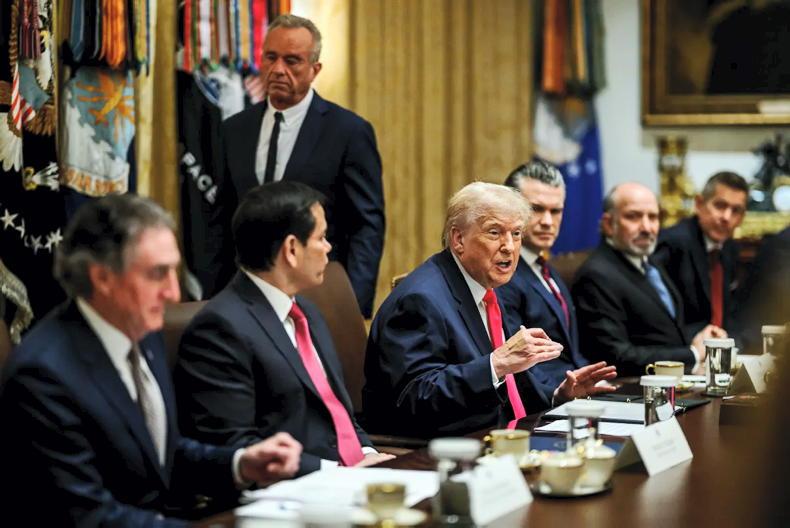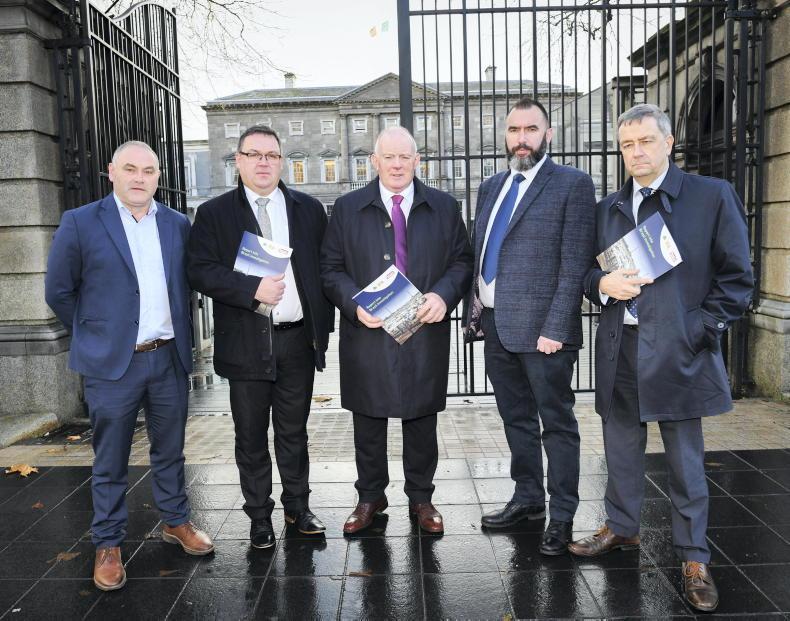Since the completion of the EU-Mercosur trade agreement was announced, a flurry of news and analyses have circulated, built upon the limited information that has been made available to this point.
With respect to agricultural goods, most of the publicised information has come from the European Commission’s agreement in principle text, which, although directionally helpful, contains gaping holes about what might actually exist in the final document.
Favourable view
On balance, the Mercosur agricultural sector is viewing the agreement favourably.
The countries included in Mercosur (Argentina, Brazil, Paraguay, and Uruguay) each have storied agricultural heritages and have long relied on agricultural exports to prop up their respective economies.
Specific sectors feel that the announced quotas are of too small a volume to move the needle much
To this end, increased access to a market as large and as relatively wealthy as that of the European Union is viewed as a tremendous opportunity.
The president of Argentina’s rural society Daniel Pelegrina lauded the agreement, stating: “The Mercosur-EU accord is a very relevant deal that will open doors for us in an important bloc and will not only benefit the traditional economy, but the regional economies as well.”
Too small
Of course, that doesn’t mean that everyone is happy.
In many cases, specific sectors feel that the announced quotas are of too small a volume to move the needle much.
Furthermore, quota volumes for some products do not include the elimination of tariffs.
Rather, they are simply lower tariffs than what exists today.
With respect to the contentious beef provision, the 99,000t quota (equal to about 60% of what the EU already imported from Mercosur in 2018) will still be taxed at 7.5%.
Perhaps the biggest win for Mercosur’s beef industry was the elimination of tariffs on the Hilton quota that, curiously, does not seem to have sparked as much controversy.
Standards
Outside of the classic market access tools of tariffs and quotas, the agreement covers many other trade topics, such as intellectual property rights, sanitary and phytosanitary standards, and environmental and social issues.
These are all important subjects, which have the potential to improve or detract from trading relationships.
However, without the full text of the agreement, it is difficult to predict what role they will play in this instance.
Environment
With the incomplete information, the environmental concerns are mostly being vocalised by Europeans or independent conservation groups.
In a recent Financial Times article, professor Raoni Rajao from the Federal University of Minas Gerais indicated that if the proper controls to prevent deforestation are put in place, “the trade deal could be harnessed to apply pressure on producers in South America to behave more responsibly”.
There are some important barriers to overcome before farmers in the region can truly celebrate
Another sticking point for Mercosur agriculture will be the increased market access for EU products.
There are not many specifics at this point, but the European Commission has indicated that there will be liberalised access to 95% of European agricultural and food exports, in value terms.
Increased competition for domestic producers is creating anxiety within specific industries.
It will take more details about the full agreement to determine its favourability for agricultural producers in Mercosur.
While the increased European access is generally viewed positively, there are some important barriers to overcome before farmers in the region can truly celebrate.
Monica Ganley is the principal of Quarterra, a strategy consultancy focused on food and agriculture in Latin America.










SHARING OPTIONS